Navigating The Road With Temporary License Plates: A Comprehensive Guide
Navigating the Road with Temporary License Plates: A Comprehensive Guide
Navigating the Road with Temporary License Plates: A Comprehensive Guide
Introduction
In this auspicious occasion, we are delighted to delve into the intriguing topic related to Navigating the Road with Temporary License Plates: A Comprehensive Guide. Let’s weave interesting information and offer fresh perspectives to the readers.
Table of Content
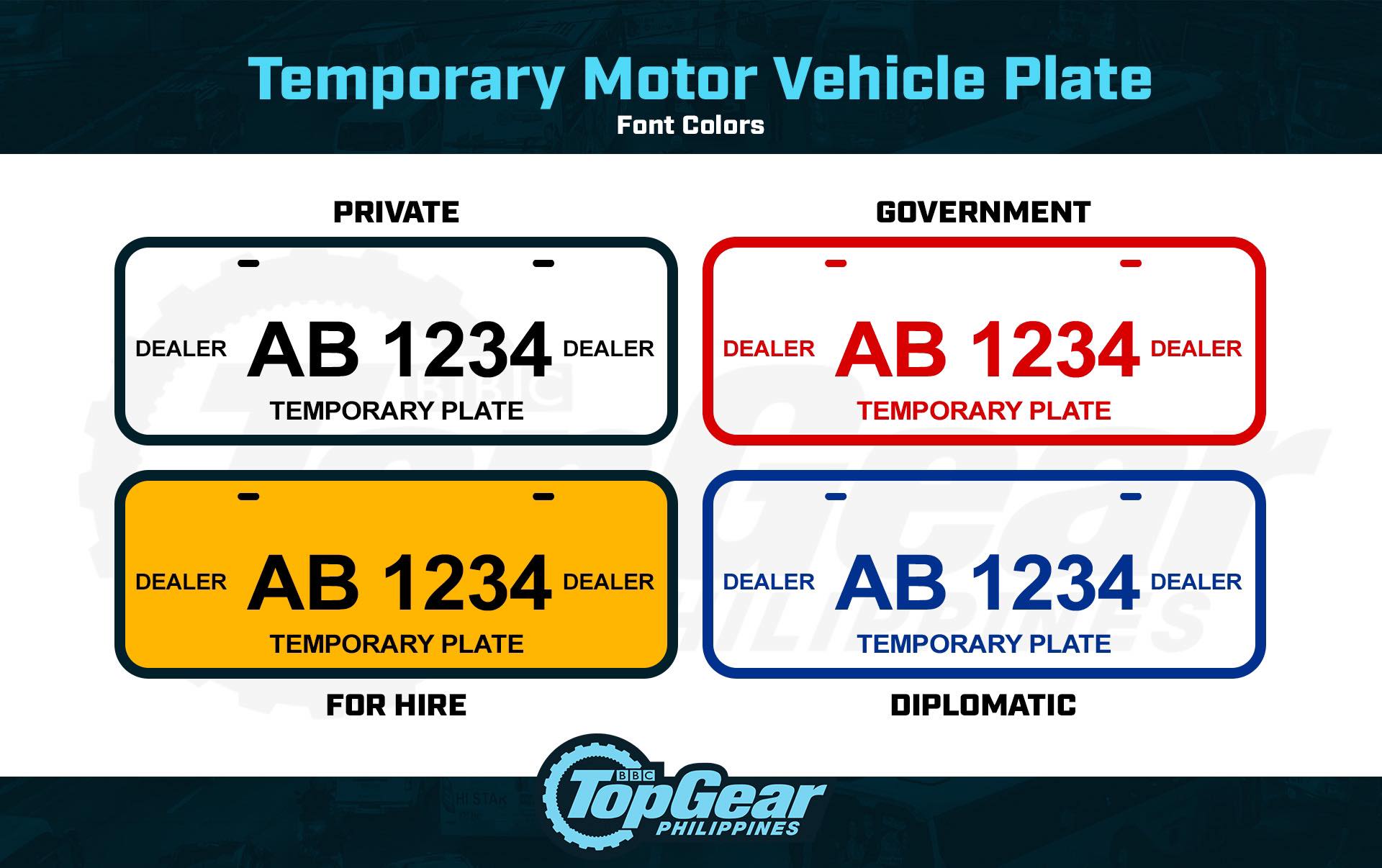
Navigating the Road with Temporary License Plates: A Comprehensive Guide
The acquisition of a vehicle often involves a series of steps, with the issuance of a license plate marking a crucial milestone. However, there are instances where a permanent license plate is not immediately available, necessitating the use of a temporary license plate. These temporary plates serve as a legal identifier for vehicles during the transition period, providing drivers with the necessary authorization to operate their vehicles on public roads.
Understanding the Purpose of Temporary License Plates
Temporary license plates bridge the gap between vehicle purchase and the issuance of permanent plates. They are typically issued for a limited duration, allowing individuals to legally drive their newly acquired vehicles while the registration process is finalized. Common scenarios requiring temporary plates include:
- New Vehicle Purchase: When purchasing a new or used vehicle, the registration process may take time, particularly if the vehicle is being imported or requires specific inspections. Temporary plates allow the buyer to drive the vehicle legally while waiting for the permanent plates to be issued.
- Vehicle Registration Renewal: If a vehicle’s registration is expiring, a temporary plate can be obtained to maintain legal driving status while the renewal process is underway.
- Out-of-State Vehicle Transfers: When relocating from one state to another, a temporary plate allows individuals to drive their vehicle legally until the new state registration is completed.
- Vehicle Repairs: In cases of vehicle damage or repairs, a temporary plate can be issued to facilitate the vehicle’s movement to and from repair facilities.
Types of Temporary License Plates
Temporary license plates can be categorized based on their issuance method and duration:
- Dealer-Issued Temporary Plates: These plates are typically provided by car dealerships to buyers of new or used vehicles. They are valid for a limited period, typically ranging from a few days to a few weeks.
- Government-Issued Temporary Plates: These plates are issued by state or local government agencies, often through the Department of Motor Vehicles (DMV). They are usually valid for a longer duration, typically several months, and require specific documentation and fees.
- Electronic Temporary Plates: Some states offer electronic temporary plates, where a digital image of the plate is displayed on a mobile device. These plates are becoming increasingly popular due to their convenience and ease of use.
Obtaining a Temporary License Plate
The process for obtaining a temporary license plate varies depending on the state and the specific circumstances. However, some general steps are usually involved:
- Contacting the DMV: Individuals can contact their local DMV to inquire about the process and requirements for obtaining temporary plates.
- Providing Necessary Documentation: Typically, individuals will need to provide proof of vehicle ownership, insurance, and identification.
- Paying Fees: There are usually fees associated with obtaining temporary plates, which vary depending on the state and the duration of the temporary plate.
Importance and Benefits of Temporary License Plates
Temporary license plates play a vital role in the smooth functioning of the automotive industry and the convenience of vehicle owners. Their benefits include:
- Legal Driving Authorization: Temporary plates provide drivers with legal authorization to operate their vehicles on public roads while the registration process is ongoing.
- Convenience and Flexibility: They allow individuals to drive their vehicles immediately after purchase or during the registration renewal period, minimizing inconvenience and delays.
- Safety and Security: Temporary plates help identify vehicles and ensure their legal operation, contributing to road safety and security.
- Compliance with Regulations: Using temporary plates ensures compliance with state and local regulations regarding vehicle registration.
FAQs about Temporary License Plates
Q: What are the requirements for obtaining a temporary license plate?
A: The specific requirements vary by state. Generally, you will need proof of vehicle ownership (e.g., bill of sale), insurance, and identification. Some states may require additional documentation, such as a vehicle inspection report or a completed registration application.
Q: How long are temporary license plates valid?
A: The validity period of temporary plates varies by state and the type of plate. Dealer-issued plates typically last for a few days to a few weeks, while government-issued plates can be valid for several months.
Q: What happens if my temporary license plate expires?
A: If your temporary plate expires before you obtain permanent plates, you will be required to renew the temporary plate or obtain a new one. Failure to do so can result in fines and penalties.
Q: Can I use a temporary license plate on a vehicle that is not registered in my name?
A: No. Temporary plates are typically issued to the registered owner of the vehicle and are not transferable.
Q: Can I use a temporary license plate in a different state?
A: Temporary plates are typically only valid in the state where they were issued. If you are driving out of state, check with the DMV to see if your temporary plate will be recognized.
Q: What happens if I lose my temporary license plate?
A: If you lose your temporary license plate, contact the DMV immediately to report it and obtain a replacement.
Tips for Using Temporary License Plates
- Ensure the plate is properly displayed: Make sure the temporary license plate is securely attached to your vehicle and is clearly visible.
- Keep the plate in good condition: Avoid bending or damaging the plate.
- Keep a copy of the plate information: Keep a copy of the temporary plate number and expiration date for your records.
- Renew or obtain a new plate before expiration: Don’t wait until the last minute to renew or obtain a new temporary plate.
- Check for any state-specific requirements: Contact your local DMV to ensure you are complying with all applicable regulations.
Conclusion
Temporary license plates play a crucial role in the vehicle registration process, providing drivers with legal authorization to operate their vehicles while permanent plates are being issued. Understanding the purpose, types, and requirements associated with temporary plates can help individuals navigate the registration process smoothly and avoid potential legal issues. By following the guidelines and tips provided, drivers can ensure compliance with regulations and enjoy a seamless experience while driving their vehicles with temporary plates.
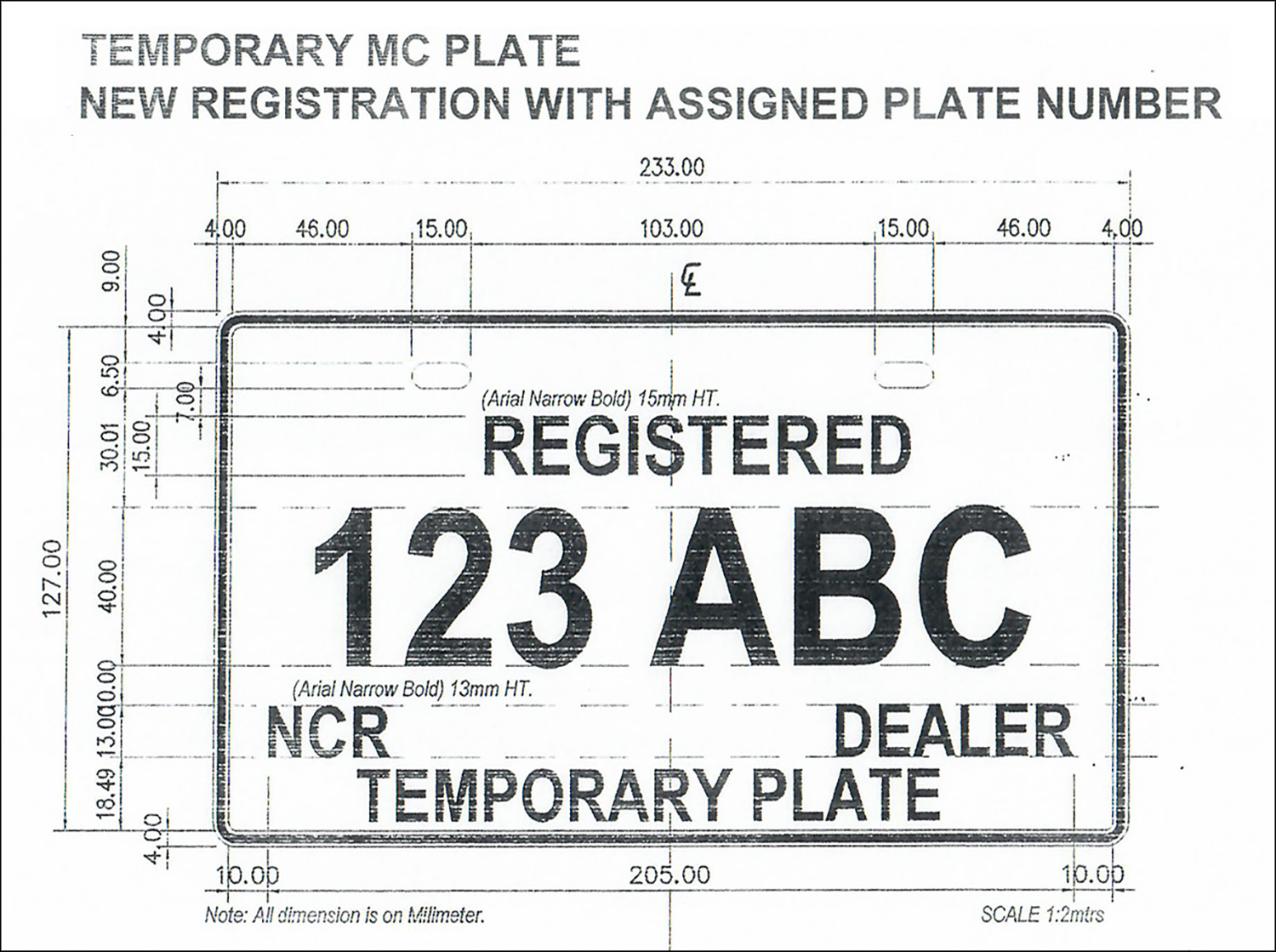

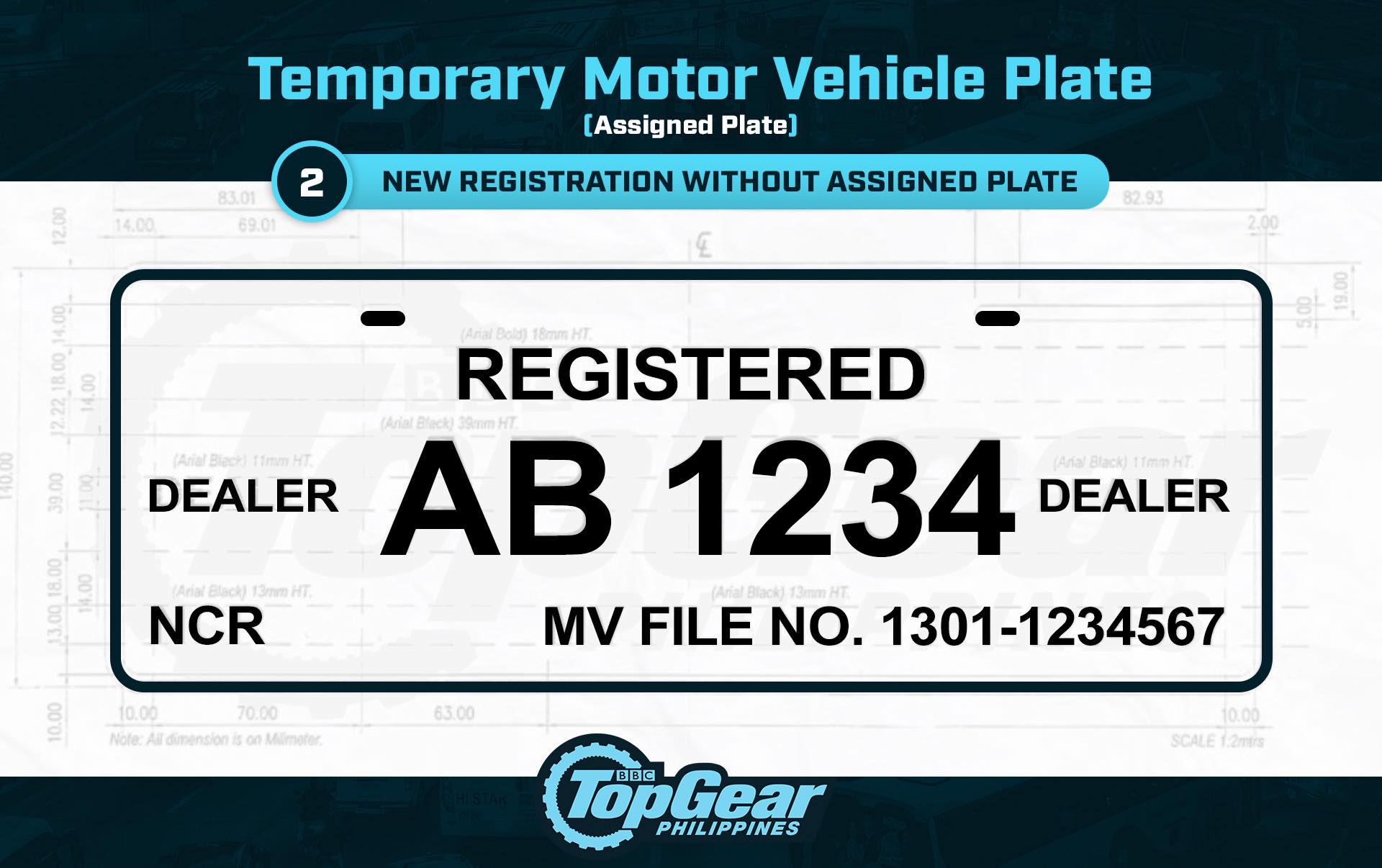
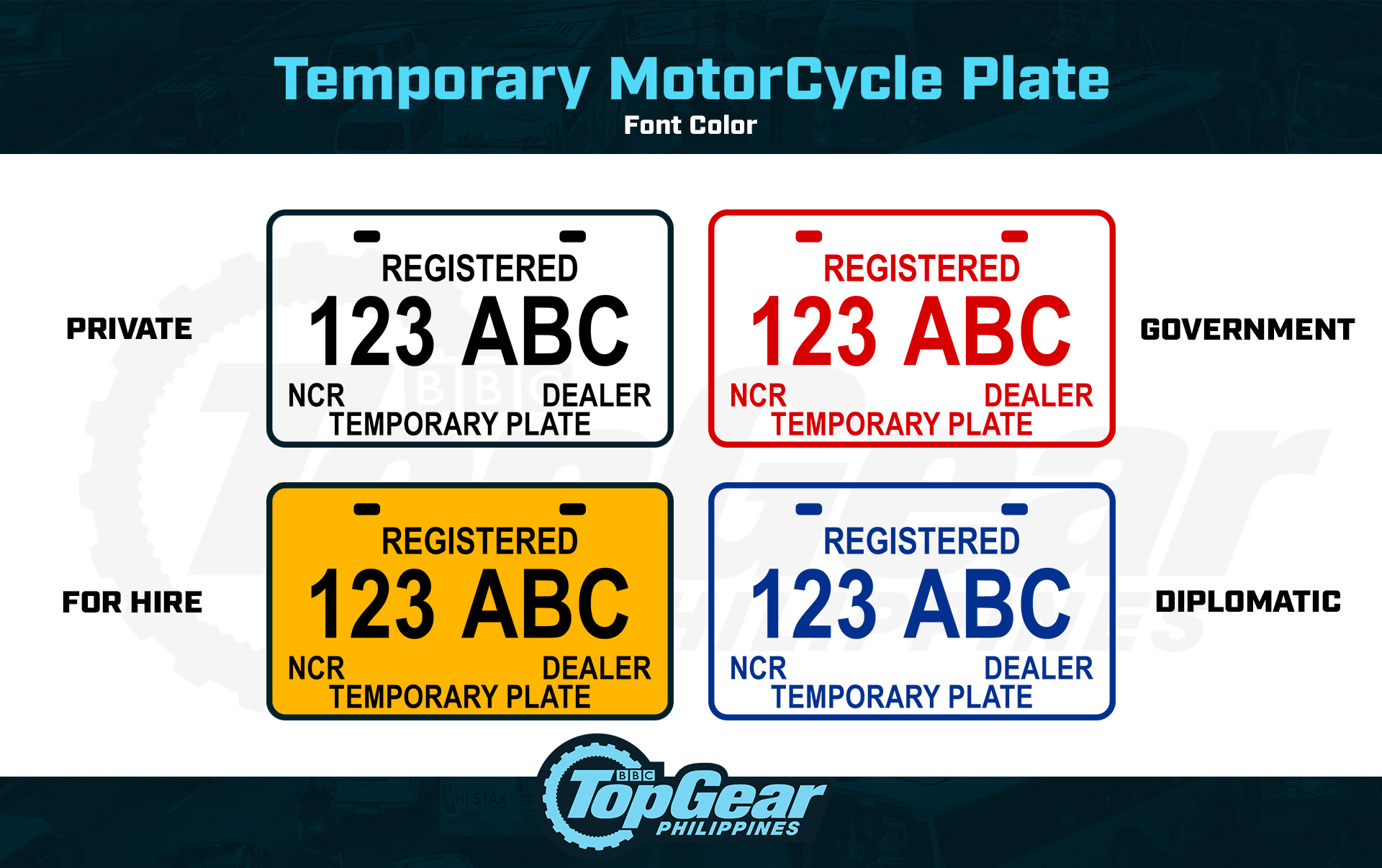
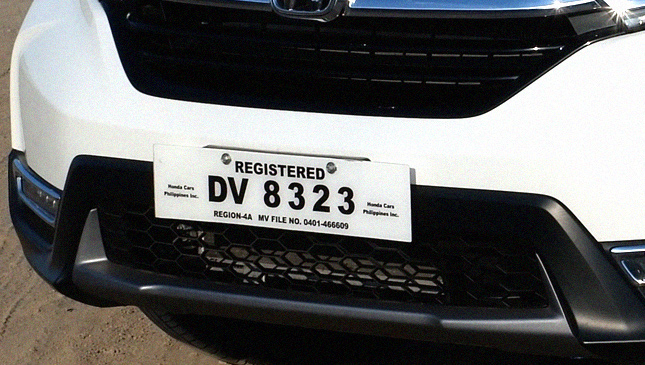
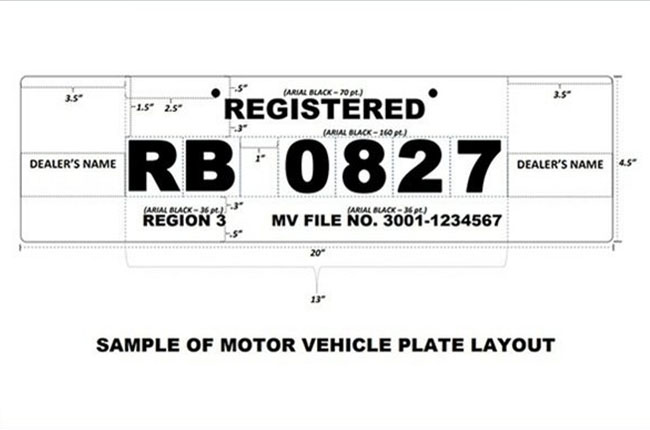
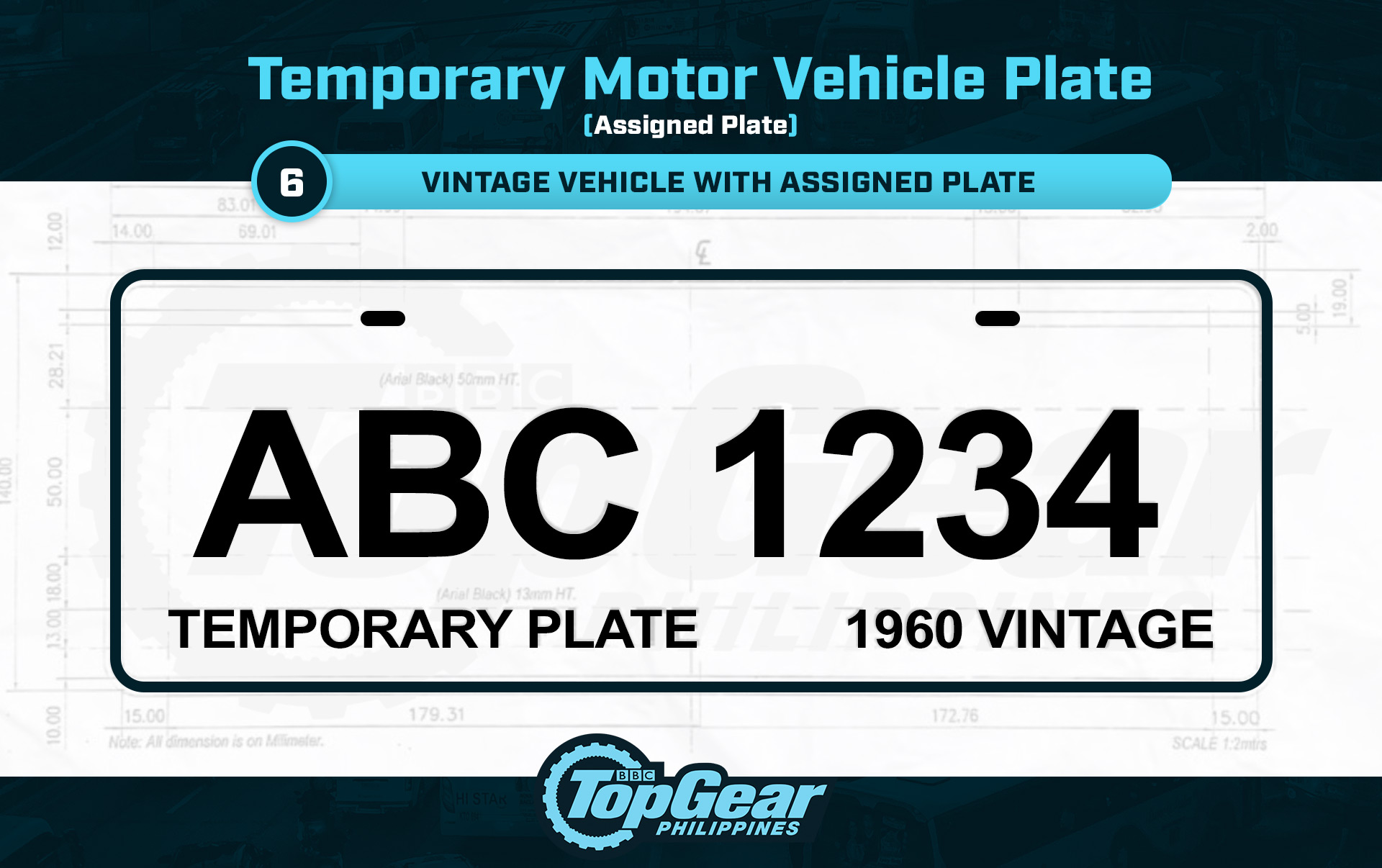
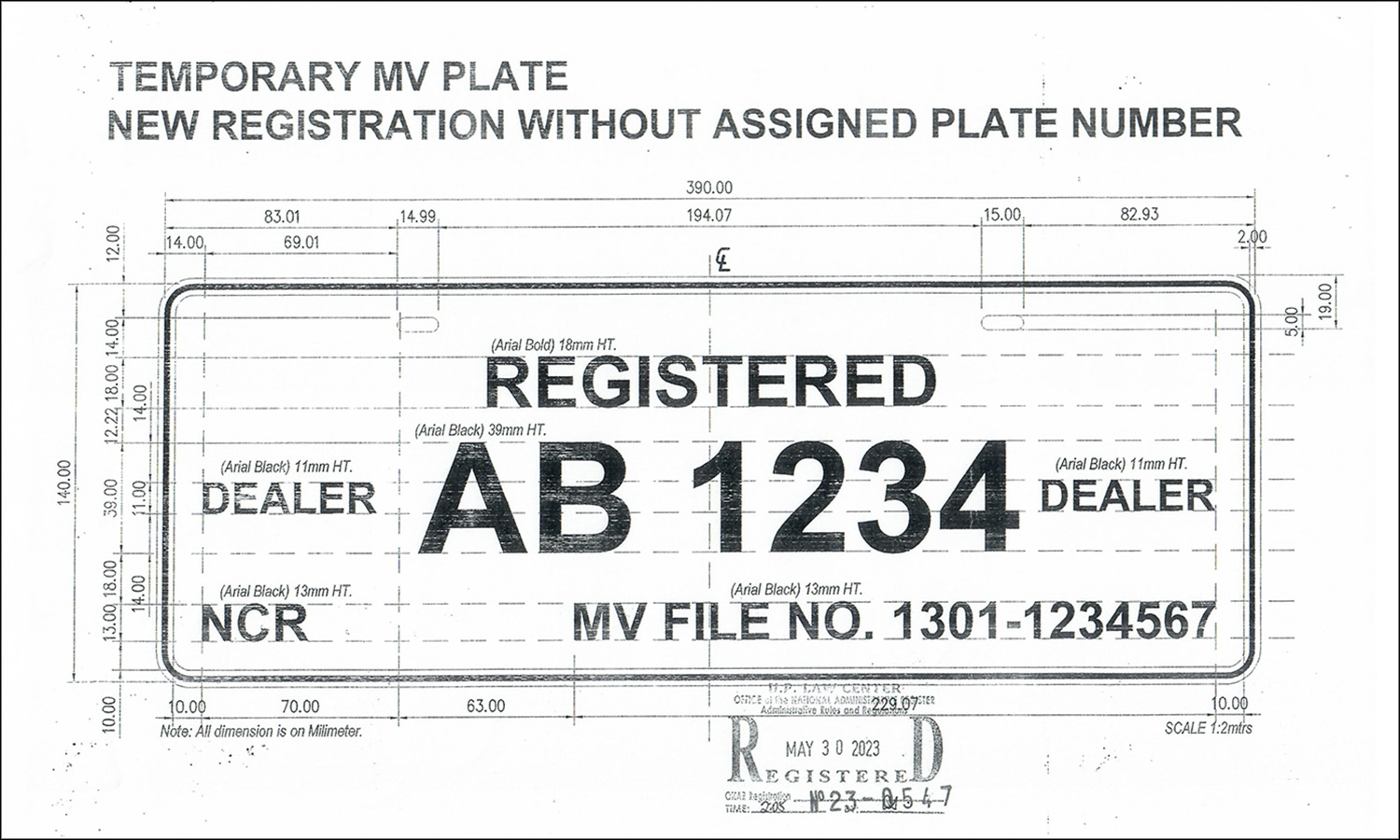
Closure
Thus, we hope this article has provided valuable insights into Navigating the Road with Temporary License Plates: A Comprehensive Guide. We hope you find this article informative and beneficial. See you in our next article!